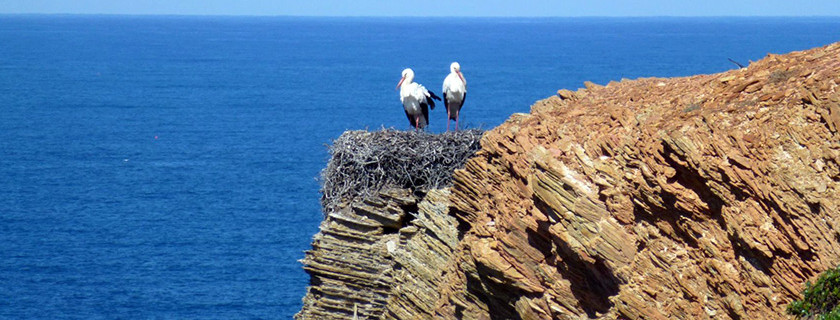A new generation of Shoreline Management Plans with contribution by Nemus, Portugal
The Nemus/Consulmar consortium, led by Nemus, won 1 of the 3 tenders issued by the Portuguese Environment Agency (APA), in June 2014, for the development of the Cape Espichel-Odeceixe Shoreline Management Plan.
The work already under development includes a diverse range of tasks to be concluded in two phases over the course of seven months. The first phase began in late December 2014 and includes the assessment of the implementation of the previous Shoreline Management Plans and the characterization and diagnosis of the baseline situation. The second phase has to do with the planning model, the implementation program and the financing plan. The contract also includes the strategic environmental assessment of the plan to be carried out by Nemus.
The intervention area of the Management Plan covers the 220 km coastal section between Cape Espichel and the northern boundary of the Ribeira de Odeceixe’s River Basin, which integrates areas from the Shoreline Management Plans of Sintra-Sado, Sado-Sines and Sines-Burgau, currently in effect and which are up for revision and systemization into one single plan. The section in question is characterized by a reduced urban occupation and consequently a high ecological sensitivity. Some special features of this area include the only place in the world where storks nest in sea-cliffs and the only area in Portugal, and one of the last in Europe, where one can find otters in a marine habitat.
This coastline is of great importance for the development of the region, in particular because of the evolution and potential of the Alentejo coast’s tourism sector and because of the industrial relevance of the Setubal and Sines harbours. The physiographic diversity of this coastal stretch and the complexity of its evolution enhance its wealth from a heritage point of view. This particular coastal zone received the IBA – Important Bird Area classification, assigned by the international organisation BirdLife International, for four areas integrated in this coastline, and it is also integrated in four areas of the National Protected Areas’ Network and in nine areas of the Natura 2000 Network.

